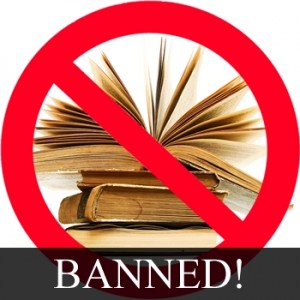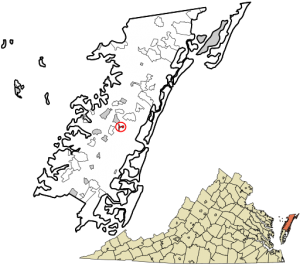In regards to Sophia’s and my project contract we stuck to it completely. In the description of our site we talk about the different tabs that we were planning on using such as historical context. We created every page that we had discussed and even more. Also in our contract is a section about the technology that we had planned on using. We included Timeline.js, StoryMap.js, and audio files, which we used all three. Everything in our layout of the site was done with a few add ons. We knew that if it was going to go into the contract then it had to be done.
When we set our milestones we knew that we had to be specific and space things out in an effective way. Sophia and I each had something to be completed each week so that the workload was not on one person. We went back and forth on who did what types of tasks. One week I would be doing research while Sophia worked on formatting a page and the next week the roles would be reversed. I actually came up with the idea to use different colors to highlight Sophia’s and my names so that it would be easier to navigate so we wouldn’t end up forgetting something. This was also really effective because it made sure that we weren’t rushing and allowed us to get big chunks of the website done every week. We did have to change the contract once due to spring break. We moved the weeks work to the next week doubling the next weeks work. Luckily, we were able to complete all four tasks with no problems.
In our contract we had all the specific tasks complete by April 9 so that we had the remaining time to copy edit and to make major changes if needed. I think that this was a smart idea because if we still had pages that needed to go up we would have been adding that on to revision. It is also good because it lowered stress levels which is always nice. I think that overall we exceeded our goals as per the contract because we were able to add pages that we hadn’t talked about before. We also added some technical elements to the site such as a sidebar in order to make the interaction with the website much easier. We worked really well together to get the site completed because we knew how we wanted it to look and function.










